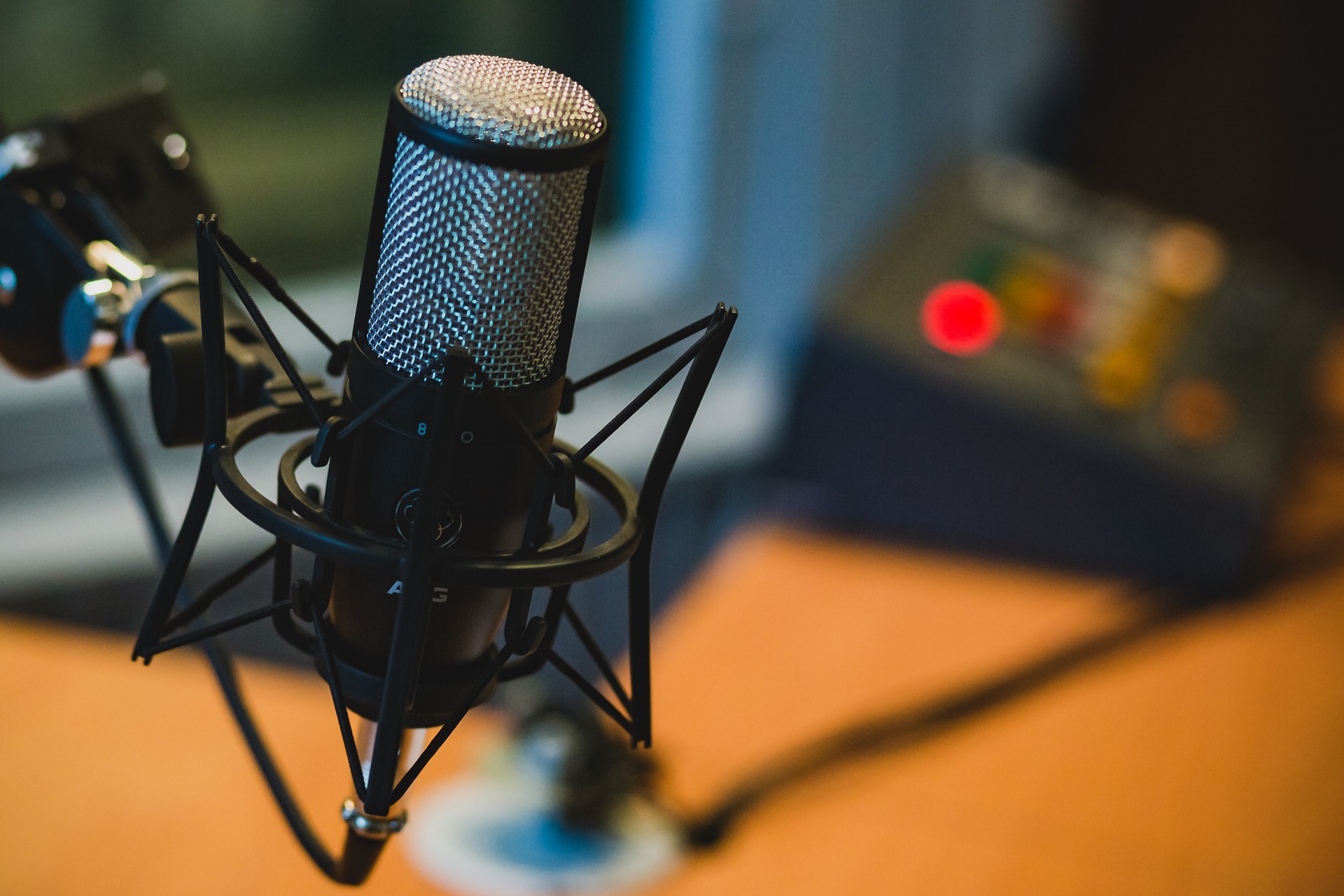If you are into music scene of any kind and particularly have a keen interest in various musical instruments, you must have come across any kind of synthesiser. Many people and especially newbies who have just started learning about synthesiser are prone to mixing them up with a digital keyboard like the one of Yamaha Psr series. It does not make any sense and this people addressing Yamaha PSR series as a synth, may have hard times saying something so confidently around synth-nerds. There is a subtle distinction between a regular digital keyboard and full-blown massive synthesiser.
A short history of synthesisers you should know
For those who already knows what is spoken here, you must know the whole or some part of the evolution of synthesisers. From the very early 60’s until now in 2022, this fascinating musical instrument has gone through tremendous changes and upgrades. The variations led to the breed of analogue synthesisers, digital synthesisers, hybrid synthesisers, modular synthesisers are most common. There were many of the popular synthesisers still out there that defined a decade.
The 1970s were defined by the sound of Moog synthesisers, Arp Odyssey, EMS Synthi A and other iconic models of synthesisers. The 1980s were defined by the sound of Roland Jupiter 8, Yamaha DX 7, EMUs etc. Still, there had been the entire epoch prior to those decades, the 1960s which were defined by the electronic instruments of Harry Chamberlins and Mellotrons. These pieces of an instrument shook the world of music and gave a whole new look to the scene, sound and culture.
The unique design of Mellotron
Mellotron went through various dispute and turmoil due to some issues regarding this musical instrument and the issues against other companies. Still, it managed to grab the market like no other of synthesisers. Mellotron itself was unique at that time when sound sampling was not out there or maybe still at the experimental stage. Harry Chamberlins’ successor Mellotron made it with extraordinary sound sampling capability. Although it was a sample-based synthesis, all the sample sounds were provided by the company itself.
Mellotron worked in the way deploying a series of tape reels set inside a huge tape form. Each note is being played by pulling the tape reel associated with the note and played though its internal machine mechanism, and output them via its internal amplifiers. Each time you let go of the note, the reel is placed to its initial state by a spring. The note sustains until it gets pull back by the string. Since this was a tape based mechanism, the sound of Mellotron gave out a strange vintage and nostalgic sound every time you played a note. This led to the various detuning sessions and that is what made it sound remarkable and musicians of all age loved it!

